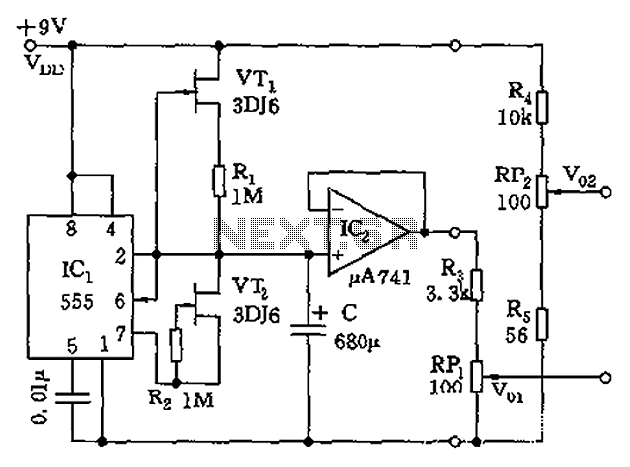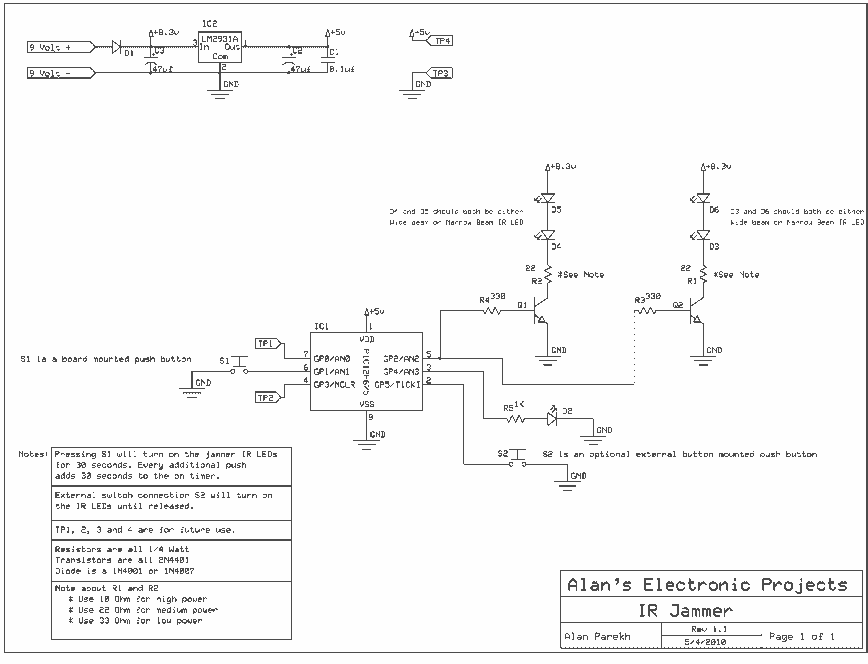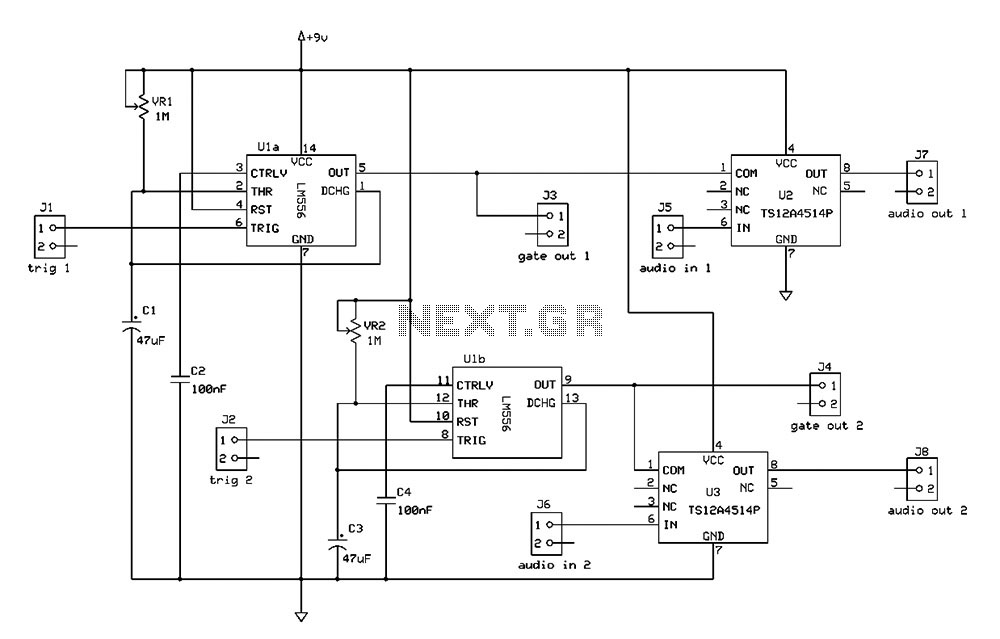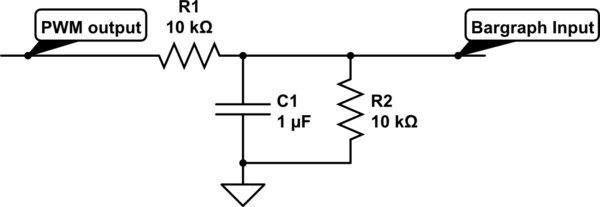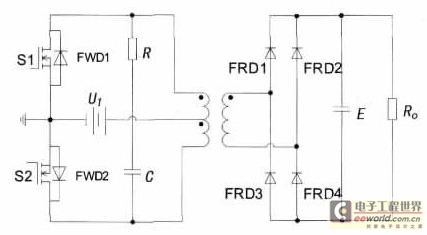
touch switch circuit with 3 transistors

This document describes a series of touch switches that utilize only three transistors. These touch-based transistor switches can activate a load simply by the user touching a metal plate. They are designed to directly switch a relay, enabling operation with large loads. Due to their reliance on a few commonly available transistors and a 12V supply, they are well-suited for hostile environments where mechanical switches may be compromised. By employing a latching relay and two of these circuits, a straightforward two-pad "touch on / touch off" configuration can be established. The touch pad can be easily created by cutting a small square of PCB material and soldering a single wire onto it. Alternatively, a penny glued to a plastic backing may serve as an effective touch pad.
This touch switch circuit operates on the principle of capacitive sensing, where the presence of a finger near the metal plate alters the capacitance of the circuit, triggering the transistors to switch states. The three transistors are configured in a manner that allows one to act as a sensor, while the other two form a bistable flip-flop arrangement, enabling the latching function.
In operation, when a user touches the metal plate, the first transistor detects the change in capacitance and activates the second transistor, which in turn energizes the relay. This relay can handle high voltage and current loads, making it suitable for controlling various electrical devices. The latching relay maintains its state even after the user removes their finger from the touch pad, providing a simple and effective on/off control mechanism.
The design's simplicity and use of standard components make it highly accessible for prototyping and implementation in various applications. The touch pad can be customized in size and shape to fit specific design requirements, and the use of a 12V power supply ensures compatibility with a wide range of devices. This circuit is particularly advantageous in environments where physical switches may be vulnerable to wear, corrosion, or other forms of damage, thus enhancing the overall reliability and longevity of the control system.Here is a series of Touch Switch using only 3 transistors, this touch-based transistor switches can activate a load simply by the user touching a metal plate. It is designed to directly switch a relay to allow it to be used with large loads. As it uses only a few commonly available transistors and a 12V supply, it is ideal for hostile environments
where mechanical switches would be damaged. Using a latching relay and two of these circuits, a simple two pad "touch on / touch off" arrangement can be made. The touch pad can be most easily made by cutting a small square of PCB material and then soldering on a single wire.
Alternatively, something like a penny glued to a plastic backing will do the job. 🔗 External reference
This touch switch circuit operates on the principle of capacitive sensing, where the presence of a finger near the metal plate alters the capacitance of the circuit, triggering the transistors to switch states. The three transistors are configured in a manner that allows one to act as a sensor, while the other two form a bistable flip-flop arrangement, enabling the latching function.
In operation, when a user touches the metal plate, the first transistor detects the change in capacitance and activates the second transistor, which in turn energizes the relay. This relay can handle high voltage and current loads, making it suitable for controlling various electrical devices. The latching relay maintains its state even after the user removes their finger from the touch pad, providing a simple and effective on/off control mechanism.
The design's simplicity and use of standard components make it highly accessible for prototyping and implementation in various applications. The touch pad can be customized in size and shape to fit specific design requirements, and the use of a 12V power supply ensures compatibility with a wide range of devices. This circuit is particularly advantageous in environments where physical switches may be vulnerable to wear, corrosion, or other forms of damage, thus enhancing the overall reliability and longevity of the control system.Here is a series of Touch Switch using only 3 transistors, this touch-based transistor switches can activate a load simply by the user touching a metal plate. It is designed to directly switch a relay to allow it to be used with large loads. As it uses only a few commonly available transistors and a 12V supply, it is ideal for hostile environments
where mechanical switches would be damaged. Using a latching relay and two of these circuits, a simple two pad "touch on / touch off" arrangement can be made. The touch pad can be most easily made by cutting a small square of PCB material and then soldering on a single wire.
Alternatively, something like a penny glued to a plastic backing will do the job. 🔗 External reference
